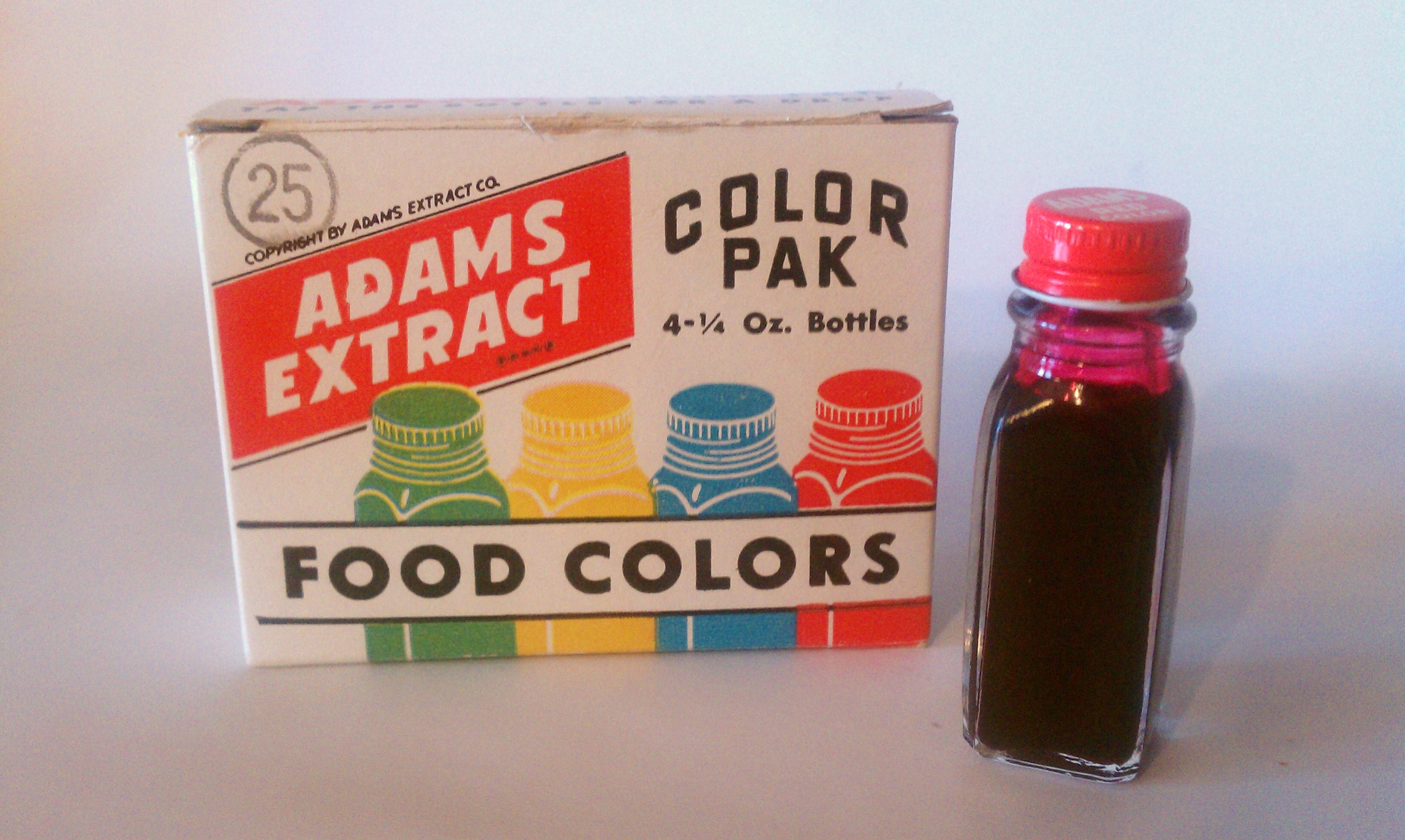Can Scientists Really Grow Enamel?

Recent research suggests that it may soon be possible to repair tooth enamel using human-fabricated techniques.
While enamel represents the hardest natural tissue in the human body, it does not have the ability to repair itself. However, scientists have recently found an approach by which they can reproduce the complex natural structures of enamel to stimulate it to grow.
The teams that have made this ground-breaking discovery are based in the Zhejiang University in China. They have developed a method of cultivating enamel that is cost-effective and scalable. In fact, the results are so promising that one of the authors of the accompanying research paper, Dr Zhaoming Liu, believes that it is highly feasible that the proposed method will one day find widespread use in dental practices.
Tooth decay is a common phenomenon that impacts around 2.4 billion people per year, an estimated 486 million of whom are children who have developed cavities in their milk teeth.
Dental practitioners currently use a range of metals to address caries including metal alloys, resin, amalgam, and ceramics. However, all of these materials have their associated drawbacks. For example, resin and natural enamel do not bond particularly well; as such, resin fillings can become loose after just a few years.
While scientists have been attempting to find treatment for the issues associated with filling materials for many years, they have yet to identify any viable solutions that can accurately reproduce the complicated natural structures of tooth enamel.
That is, until now.
The brains behind the recent study, which was published in the Science Advances journal, believe they have finally identified a means of getting around the outstanding issues by identifying a method of producing small clusters calcium phosphate, which represents the primary component of enamel. These clusters have a diameter of just 1.5 nanometres, which is significantly smaller than any other materials previously employed.
In order to prevent the clusters from clumping, the researchers have prepared them in the presence of a substance known as triethylamine. The resulting clusters were then tested using a chemical that bears some strong resemblance to natural enamel: crystalline hydroxyapatite, and the outputs of this test revealed that the clusters effectively fused with enamel to create a closer fit than any of the previously tested materials.
According to the team behind the study, the findings are significant because they entail that, as the new layer changes into a crystalline form, it will extend the underlying enamel as opposed to forming a series of crystalline regions.
To further test their discovery, the research team applied the calcium phosphate clusters to human teeth that had been exposed to acid. Within just 48 hours, a crystalline layer had formed that was approximately 2.7 micrometers thick and exhibited the complex structure that mirrored that of the underlying enamel. Furthermore, the repaired enamel exhibited a comparable strength and resistance to wear as the natural enamel.
Although some limitations remain, including the need to increase the layer thickness to between 0.5 and 2mm, Liu et al. are continuing to hone the development and anticipate that the fabricated enamel will undergo first time in human trials within the next two years.







